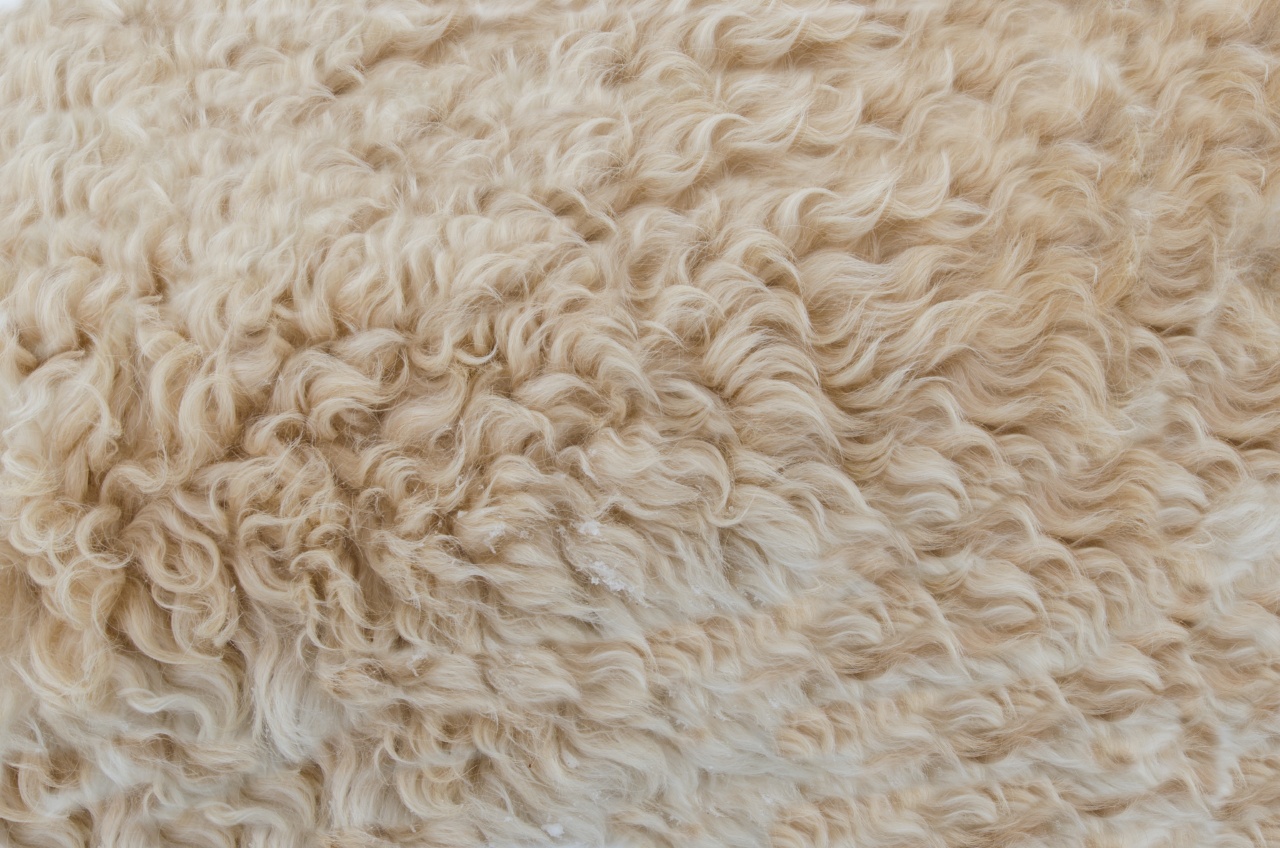Dry skin and eczema are two common skin conditions that may cause discomfort and affect the quality of life for many individuals.
While they may share some similarities, it is important to understand the differences between the two in order to effectively manage and treat them. In this article, we will explore the characteristics, causes, and treatment options for both dry skin and eczema to help you differentiate between the two.
Dry Skin
Dry skin, also known as xerosis, is a common condition that occurs when the skin lacks moisture and becomes dehydrated. It can affect individuals of all ages and usually worsens during the winter months when the air tends to be drier.
The following are some key characteristics of dry skin:.
- Texture: Dry skin often feels rough, tight, and may have flaky patches.
- Itching: Itching is common with dry skin but is usually mild.
- Causes: Factors such as harsh soaps, hot showers, low humidity, aging, and certain medical conditions like hypothyroidism can contribute to dry skin.
- Body parts affected: Dry skin can occur anywhere on the body, but it is more common on the arms, lower legs, hands, and abdomen.
- Treatment: The main treatment for dry skin involves hydrating and moisturizing the skin regularly. Using gentle cleansers, avoiding hot showers, applying moisturizers immediately after bathing, and using a humidifier can significantly improve symptoms.
Eczema
Eczema, also known as atopic dermatitis, is a chronic and inflammatory skin condition that often appears during infancy or early childhood. However, it can also develop in adulthood. The characteristic features of eczema include:.
- Texture: Eczema is usually identified by red, inflamed, and itchy patches of skin that may develop blisters, scales, or crusts when scratched excessively.
- Itching: The itching associated with eczema can be intense and often leads to scratching, which can worsen the condition.
- Causes: The exact cause of eczema is unknown, but it is believed to involve a combination of genetic and environmental factors. People with a family history of eczema, asthma, or allergies are more likely to develop the condition.
- Body parts affected: Eczema commonly affects the flexural areas of the body, such as the inside of elbows, behind the knees, and around the neck. However, it can also appear on other parts of the body.
- Treatment: Managing eczema involves a multifaceted approach that aims to reduce inflammation, relieve itching, and restore the skin barrier. Treatment options may include emollients, topical corticosteroids, antihistamines, and avoiding triggers that exacerbate symptoms.
The Differences Between Dry Skin and Eczema
While dry skin and eczema may exhibit similar symptoms, there are several key differences that can help differentiate between the two:.
- Appearance: Dry skin often appears as rough, scaly patches, while eczema is characterized by red, inflamed areas.
- Itching: While both conditions can cause itching, the itching associated with eczema is typically more severe and intense.
- Location: Dry skin can occur anywhere on the body, but eczema tends to affect specific areas, such as the creases of the elbows and knees.
- Severity: Eczema is a chronic and inflammatory condition that often fluctuates in severity, whereas dry skin is generally less severe and may improve with proper moisturization.
- Underlying causes: Dry skin is primarily caused by external factors, such as low humidity or excessive use of harsh soaps, while eczema has a multifactorial etiology that involves genetic predisposition and environmental triggers.
Conclusion
While dry skin and eczema share some similarities in terms of symptoms and treatment approaches, they are distinct conditions with different underlying causes.
It is important to consult a dermatologist or healthcare provider for an accurate diagnosis and appropriate treatment plan. Proper management, including regular moisturization and avoiding triggers, can help alleviate symptoms and improve the overall health of the skin.





























